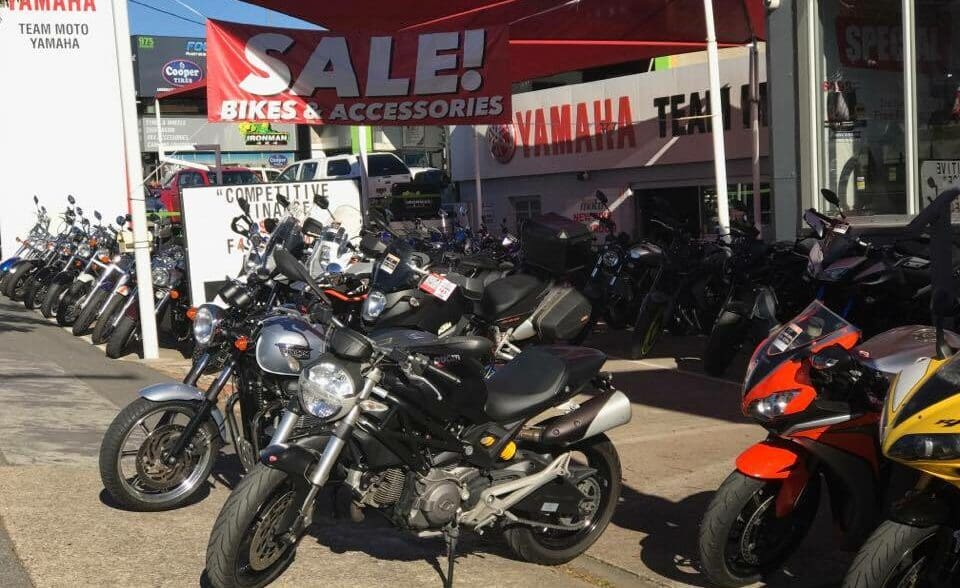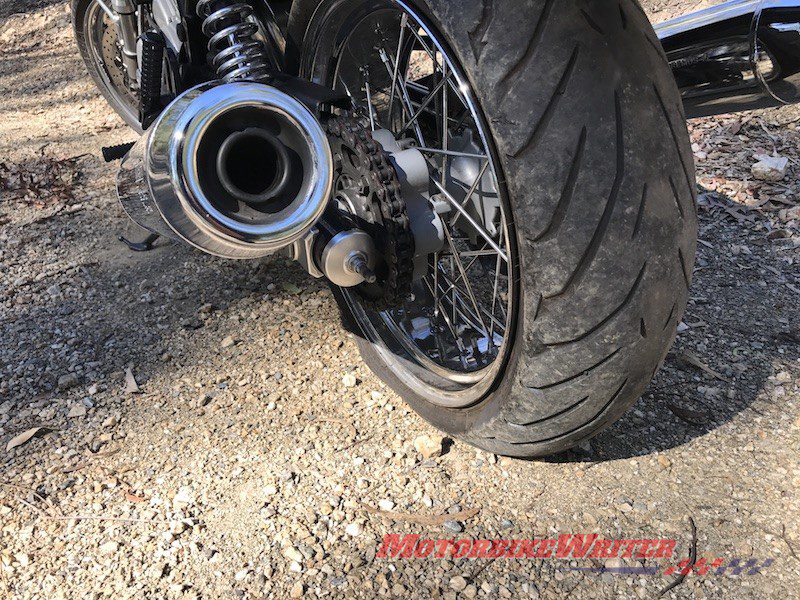Buying a used motorcycle can be exciting as you can choose between a wide variety of models, colours, and features to find the best possible set of wheels your budget allows.
However, there are many dishonest sellers out there who will try to overcharge you.
This article will address how to stay safe from being ripped off and how to find the motorcycle of your dreams (or at least something that comes as close as possible) and determine its condition, even if you’re not an expert.
First things first – get to know yourself
Your inner spiritual discovery can probably wait a while more, but if you want to get a motorbike, you need to know what kind of riding you will be doing. Are you a drifter or do you prefer to stick to the busy city streets? As obvious as it may sound, don’t fall for a bike based on looks alone. Choose something suitable for the environment you’re going to be exploring.
How to avoid being scammed
Although there is hardly a guaranteed way to avoid being scammed, there are methods that will significantly reduce the likelihood of it happening to you. For starters, try to locate a reputable dealership. While the prices probably won’t be as great as the ones the independent private dealers tend to offer, you will be able to enjoy some form of protection if your bike breaks down.
In other words, you should expect your warranty to cover you at least for the first couple of months from the date of your purchase, so your mind can be at ease. Alternatively, if you do go forward with buying from a private dealer, make sure to take the motorcycle to the nearest dealership and have it assessed and inspected by a professional.
More tips regarding this are available at TexasBestUsedMotorcycles.com, but all in all, the basic idea is that going the cheapest route is not worth the risk of being sold a malfunctioning motorcycle. Turning to a trusted dealership is your best bet.
It’s also advisable to check the bike’s credentials to ensure there is no finance owing, it is not stolen or has been written off.
If you’re an expert, you can examine the bike yourself
Alternatively, you could bring a friend along. Ideally, this would be someone who’s familiar with the technical side of motorcycles. That way, you will be able to make use of your friend’s knowledge and buy something that won’t fall apart as soon as you take it out for a spin.
If you don’t know anyone who’d fit the criteria, don’t fret about it. This can all be learned.
The first step is to check the tyres. Are you noticing any signs of damage? In any case, there should be no signs of uneven wear. If they look all banged up, perhaps it’s better to start checking out another motorcycle (or consider buying a new set).
Check the insides of the fuel tank. Does it look rusty? Are you getting the impression that it’s banged up or overly used or aged? Using a flashlight will help you assess the situation a bit better.
Now it’s time to check the body. If the bike has been in an accident, usually it’s quite hard to cover it up, so check it for bruises and other signs of damage.
Finally, check the condition of the drive chain and sprocket. Try to wiggle it around for a little bit. If there’s movement, that’s not a good sign, as there shouldn’t be too much of a wiggle room. If the sprocket is worn out, it could be that the previous owner didn’t take care of it properly or that the bike hasn’t been serviced frequently enough. If you suspect something may be amiss, you’re within your rights to ask for the documents pertaining to the bike’s service history.
Take it for a ride!
While most of you probably aren’t going to be too excited to check the motorcycle for technical deficiencies, one thing is for certain – taking it for a test ride is tons of fun! If possible, however, try to do this when the weather is warm and sunny. The last thing you want to do is bang it up and be held liable for it.
Of course, your safety is paramount as well, so bring a helmet and other protective gear if you have it. If you’re visiting a specialised dealership, you’ll often find that they have some lying around, so don’t worry about it too much. Also, prior to letting you test it out on your own, don’t be surprised if they ask you to hand over your license or another document for safekeeping. In the end, it’s not a big deal – they only do this to prevent someone from running away with the bike.
Now that you’re sitting on the bike and the world is your oyster, feel free to explore the local area for a bit. Unless you know the area very well, it’s probably not a good idea to drift too far away from the dealer. Besides, sticking to familiar grounds will allow you to focus on how the bike performs under stress and not have to worry about missing the right turn or deal with excess traffic.
Speaking of stress testing the bike, don’t forget to check how the brakes are performing. In the beginning, try using them at slower speeds, then gradually increase them upon building up your trust in them and making sure they perform as expected. You should be getting a feeling of smoothness while stopping… otherwise, it may be the case that something is wrong with the brakes.
On a similar note, the transmission should not feel clunky. The bike should be easy to steer and there shouldn’t be any squeaking sounds. Any type of rattling sounds is usually a red flag as well, so be on your guard.
Conclusion
By taking all of this into account, it’s only a matter of time before you get your hands on a motorcycle that’s affordable, in good condition, and visually appealing. Once you’ve had one in your possession, it won’t take long to taste what true freedom is all about.
(Contributor post)



